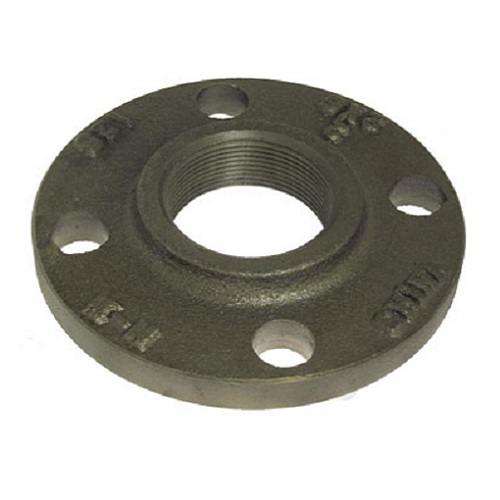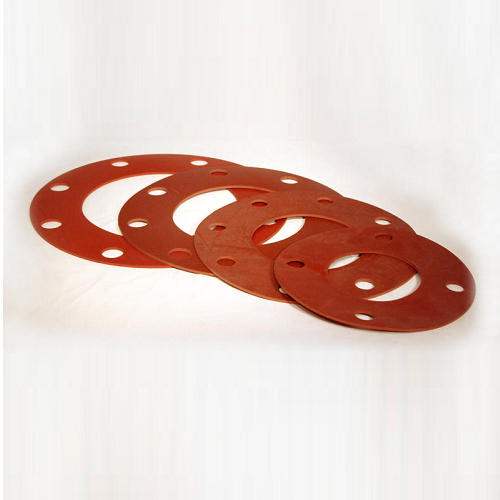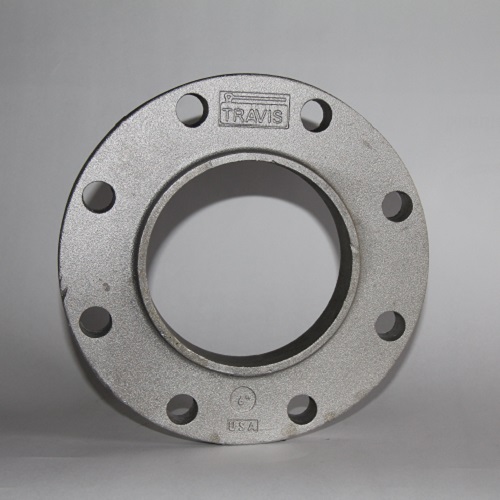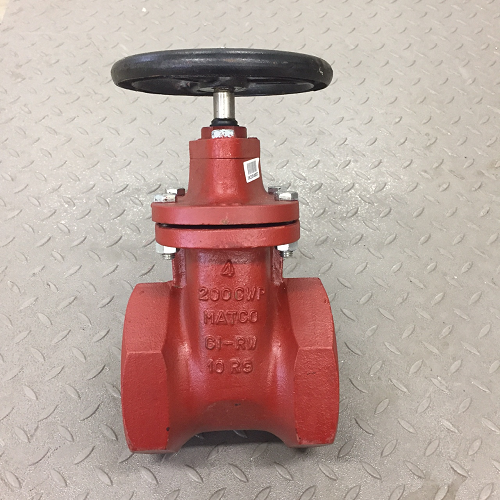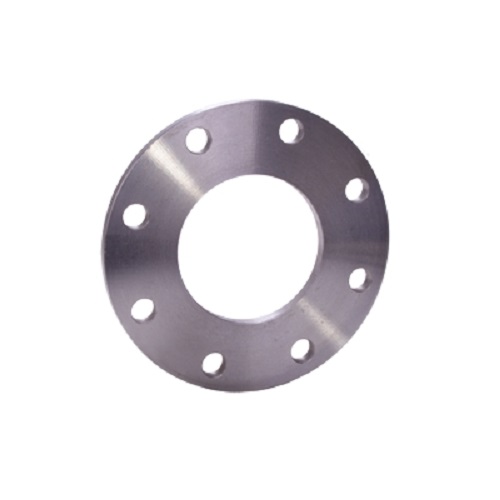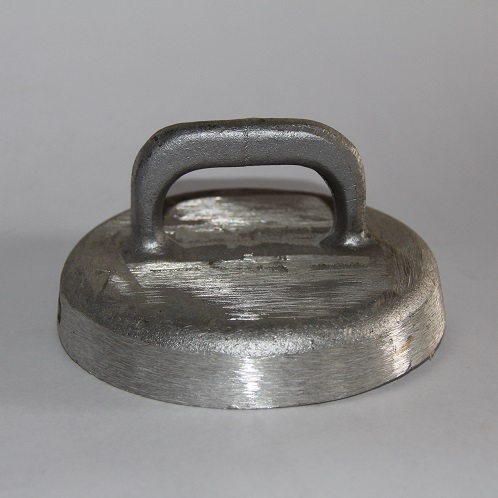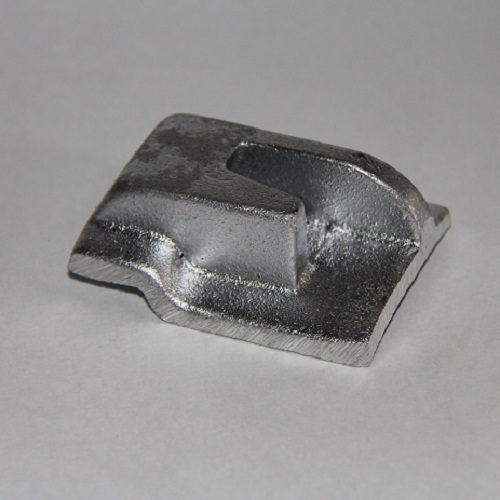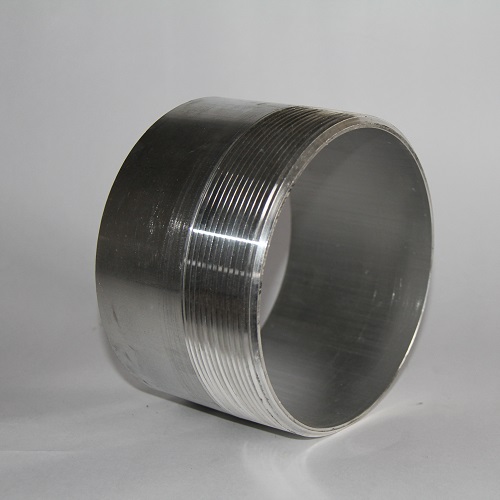A Cast Iron Companion Flange is a type of pipe fitting used in irrigation, plumbing, and industrial systems to provide a secure and leak-proof connection between pipes, pumps, or valves. It features a flat, circular design with bolt holes for fastening to a mating flange, ensuring a stable and tight seal. Made from durable cast iron, it is suitable for heavy-duty applications, especially in systems handling high pressure or large volumes of water.
Key Features:
- Material – Cast Iron:
- Known for its strength and durability, cast iron provides excellent resistance to mechanical stress, making it ideal for demanding environments.
- Naturally resistant to wear and corrosion when properly coated or maintained.
- Flat, Flanged Design:
- The flat surface of the flange creates a solid sealing area, while the bolt holes allow for secure fastening to another flange or component.
- Often used with gaskets to ensure a watertight connection.
- Companion Flange Configuration:
- Designed to align perfectly with another flange (or “companion flange”) for seamless integration into a piping system.
- Standardized Sizing:
- Manufactured to standard pipe flange dimensions (e.g., ANSI, ASME), ensuring compatibility with other standard components.
- Bolt Holes:
- Equipped with multiple bolt holes to evenly distribute clamping force, reducing the likelihood of leaks or misalignment.
Common Applications:
- Irrigation Systems:
- Connects pipes or hoses to pumps, valves, or mainlines in agricultural and landscape irrigation setups.
- Pumping Stations:
- Provides a secure connection between suction or discharge pipes and irrigation pumps.
- Water Distribution:
- Used in municipal and industrial water systems for connecting pipes or fittings.
- Drainage Systems:
- Ideal for handling wastewater or stormwater in drainage setups.
- Industrial Piping:
- Connects pipes and valves in systems handling fluids, chemicals, or gases.
Benefits:
- Durability:
- Cast iron construction ensures long-lasting performance under heavy-duty conditions.
- Secure Connections:
- The flange design provides a tight seal, especially when paired with a gasket, minimizing leaks.
- Pressure Resistance:
- Capable of handling high pressures, making it suitable for both irrigation and industrial applications.
- Versatility:
- Compatible with a variety of pipes, valves, and other components.
- Ease of Installation:
- Standardized design simplifies installation and maintenance, ensuring a precise fit with other system components.
How It Works:
- Alignment:
- Position the companion flange so that its bolt holes align with those of the mating flange.
- Gasket Placement:
- Insert a gasket between the two flanges to create a watertight seal.
- Fastening:
- Use bolts and nuts to secure the flanges together, evenly tightening to prevent leaks or uneven connections.
- Testing:
- Check for leaks and proper alignment after assembly.
Key Considerations:
- Pipe Compatibility:
- Ensure the flange size and pressure rating match the system’s requirements.
- Gasket Selection:
- Use an appropriate gasket material based on the fluid type and system conditions.
- Corrosion Protection:
- Consider coated or lined cast iron flanges for applications involving corrosive fluids or harsh environments.
- Pressure and Temperature Ratings:
- Verify that the flange meets the operating conditions of the system.
In summary, a Cast Iron Companion Flange is a robust and reliable fitting used to connect pipes and components in irrigation, water distribution, and industrial systems. Its durable construction, secure sealing, and versatility make it a valuable part of any piping infrastructure


